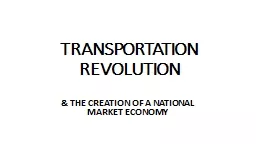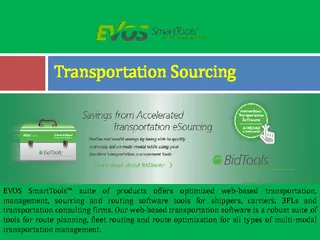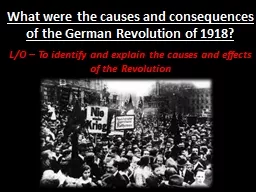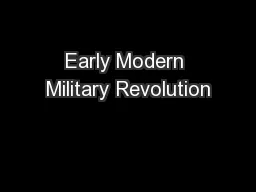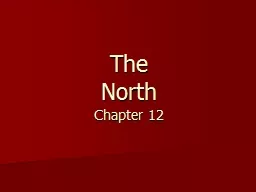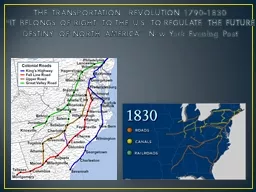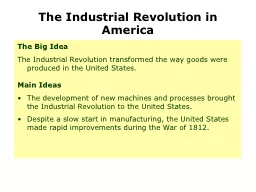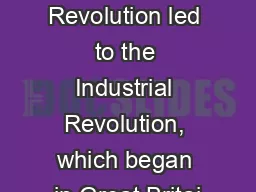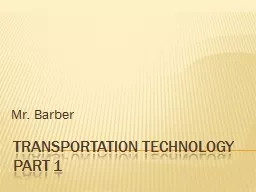PPT-TRANSPORTATION REVOLUTION
Author : debby-jeon | Published Date : 2019-03-13
amp THE CREATION OF A NATIONAL MARKET ECONOMY Regional Specialization EAST Industrial SOUTH Cotton amp Slavery WEST The Nations Breadbasket John Deere amp
Presentation Embed Code
Download Presentation
Download Presentation The PPT/PDF document "TRANSPORTATION REVOLUTION" is the property of its rightful owner. Permission is granted to download and print the materials on this website for personal, non-commercial use only, and to display it on your personal computer provided you do not modify the materials and that you retain all copyright notices contained in the materials. By downloading content from our website, you accept the terms of this agreement.
TRANSPORTATION REVOLUTION: Transcript
Download Rules Of Document
"TRANSPORTATION REVOLUTION"The content belongs to its owner. You may download and print it for personal use, without modification, and keep all copyright notices. By downloading, you agree to these terms.
Related Documents

